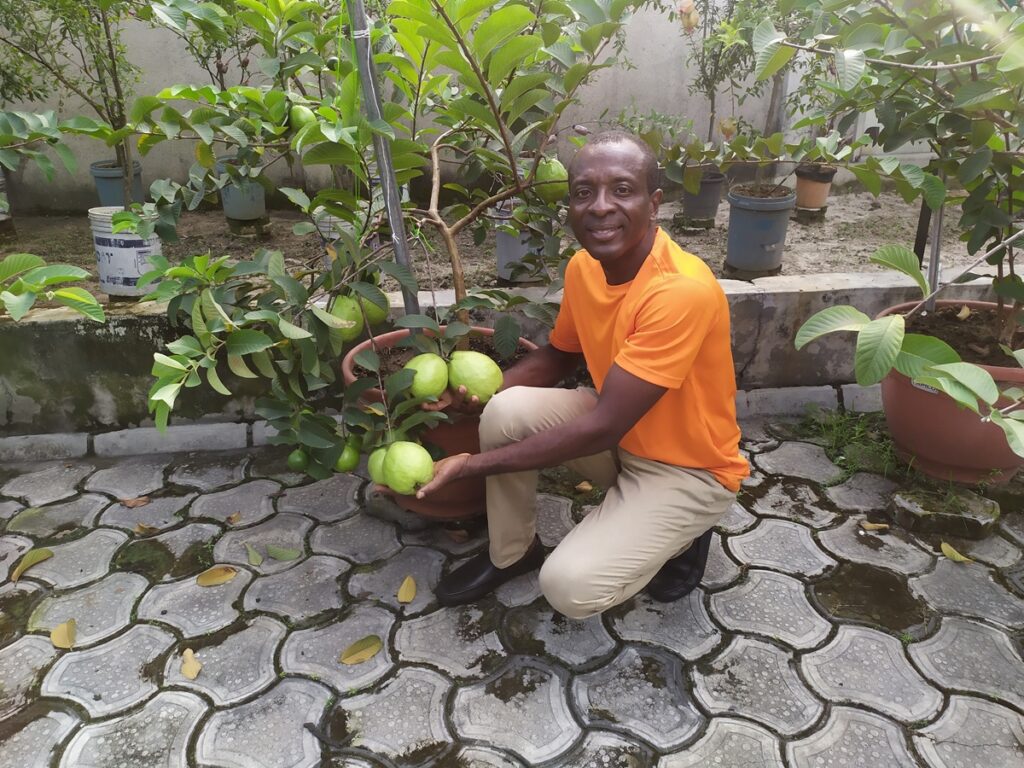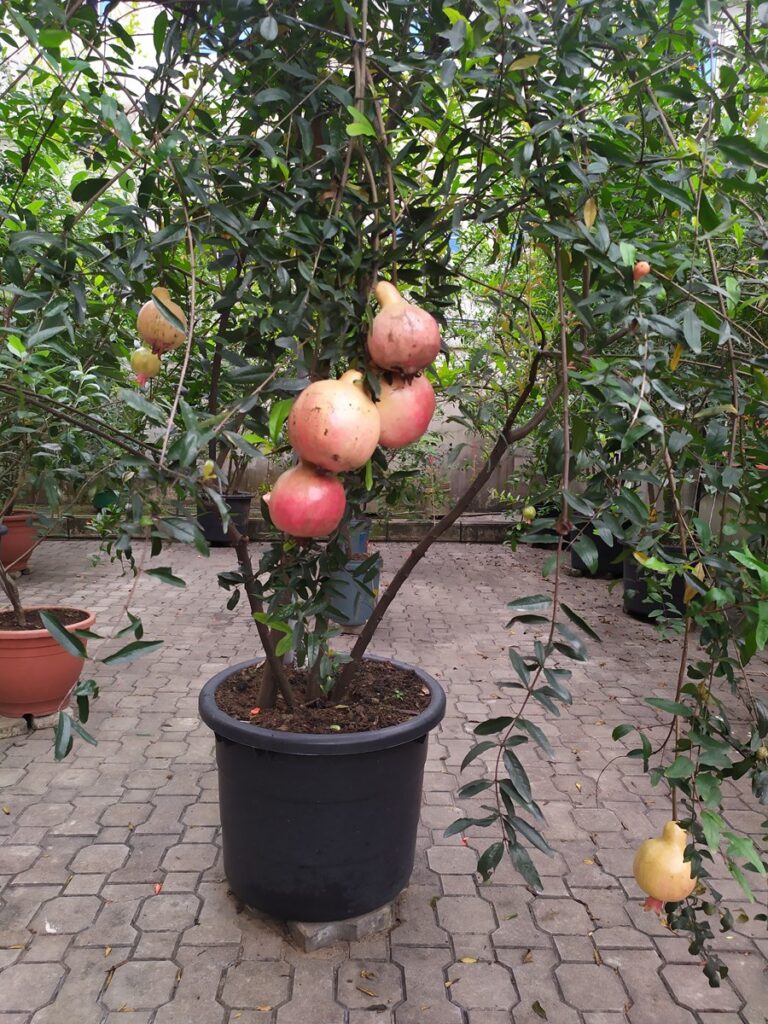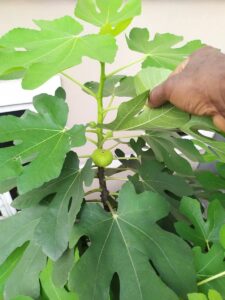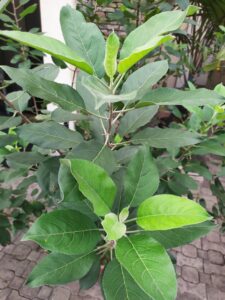Fruit trees are a delight to have in your home or home garden. Fruit trees are trees which produces edible fruits, example of fruit trees are mangoes, apples, oranges, pomegranates, cashew, plum, mandarin, pear, avocado etc. While you can plant fruit trees in the ground, for some people this is not possible due to space restriction or some other reason. Planting fruit trees in pots becomes the only option available when it is not possible to plant in the ground.

HOW TO GROW FRUIT TREES IN CONTAINERS
STEP 1, You need a Plastic Container with holes at the bottom, you can either buy flower pots with holes at the bottom or buy a plastic bucket / container and make holes at the bottom using a drill or hot iron rod or screw driver. The holes should be about 2cm in diameter and should be enough to ensure that water is easily drained at the bottom of the container.
STEP 2, You need a well-drained soil. A well drain soil is a soil that allows water to drain at a moderate rate without the water forming a pool or puddles at the top. The well drained soil should be a soil suitable for planting like top soil used by professional gardeners. Do not use the soil used in building or clay soil.
STEP 3, You need a vegetatively propagated seedling, a vegetatively propagated seedling is a seedling that was propagated either by cutting, air layering, grafting or budding. Vegetatively propagated seedlings are taken from fruit trees that have started producing fruits. Vegetatively propagated seedlings will produce fruits that have the same quality as the parent tree and they will start fruiting much faster than seed grown seedlings. For example a seed grown pomegranate tree will start producing fruits after 3 years while vegetatively propagated pomegranate seedling will start producing fruits within a year.
STEP 4: Put the sand in STEP 2 into the container and transplant your seedling into the container. For many young seedlings it’s better to start off with a 15-to-20-liter container and then transplant to a bigger sized container when the seedling has grown bigger than its container. DO NOT APPLY ANY MANURE UNTIL YOUR SEEDLING HAS BEEN IN THE CONTAINER FOR 4 WEEKS.
STEP 5: Water your seedling as required. Do not apply too much water.
STEP 6: Pest and disease management. Your seedling will need to be protected from pests and fungal diseases. This can be done with use of organic or inorganic pesticides and fungicides. The article on pest and disease management highlights the different options available.
STEP 7: Fertilizer requirements. You can start applying fertilizers to your seedlings after 4 weeks of transplanting into a container. You can apply organic fertilizers like well composted chicken manure to your plants. Do not apply chemical fertilizers to the soil of seedlings or trees growing in containers. Chemical fertilizers are best applied on the leaves as a foliar fertilization. The article on fertilization of container grown trees explains more about fertilizer requirements and application.





